What’s up EqualityWorx fam? If you’ve scrolled through an ad break lately, you might think every brand’s got masculinity figured out: a bit of banter, a splash of six-pack, a nod to “real men cry.” But Channel 4’s latest research, Mirror on Masculinities, just dropped a truth bomb – most brands are missing the mark, and young men know it.
The Research: Modern Men, Outdated Ads
Channel 4’s deep dive into how masculinity is represented in British advertising found a massive disconnect between what young men actually feel and what brands think they want. Only 26% of young men say they see positive male role models in advertising. Most feel like ads are stuck in the past, recycling clichés or, worse, ignoring the realities of modern masculinity altogether.
The study reveals a growing “gender empathy gap.” As the culture moves forward – more open, more diverse, more emotionally honest – brands are still clinging to stereotypes: the strong silent type, the breadwinner, the “lad.” Meanwhile, young men are left feeling confused, and sometimes even threatened, by the way masculinity is portrayed. For many, masculinity feels like a one-way mirror – always being looked at, rarely being reflected.
What’s Really Going On With Young Men?
– A Crisis of Role Models: Many Gen Z men say they lack relatable, positive male figures in media and advertising. Instead, they see extremes: either cartoonish “alpha males” or awkward attempts at sensitivity that don’t ring true.
– Feeling Left Out: As society (rightly) celebrates women’s empowerment, a significant chunk of young men feel left behind or even “under threat.” Nearly half believe efforts to promote women’s equality have gone so far that men are now being discriminated against.
– Searching for Meaning: With traditional gender roles fading, young men are hungry for new narratives – ones that make space for vulnerability, ambition, care, and complexity, not just bravado or stoicism.
Why Does This Matter?
Channel 4’s research isn’t just a slap on the wrist for ad agencies. It’s a warning about what happens when a whole generation of men feels unseen. The gap between how young men see themselves and how they’re depicted in media is fueling confusion, resentment, and, in some cases, a drift toward online spaces where toxic masculinity gets amplified. For Gen Z men from second-generation migrant backgrounds – those raised between cultures – the lack of nuanced representation can be even more isolating. When ads don’t reflect your reality, it’s easy to feel like you don’t belong in the mainstream story. And while these findings are rooted in the UK, the disconnect hits just as hard – if not harder – across the Irish Sea.
In Ireland, that disconnect is just as real – and sometimes even sharper. The GAA, for all its community spirit and genuine efforts to promote mental health and inclusion, still can’t reach every young man. Their high-profile campaigns are a start, but for many second-gen Irish, especially those with migrant backgrounds or mixed heritage, belonging isn’t automatic. You might not see yourself in the classic GAA hero, or in the faces and stories that dominate Irish advertising.
Recent research from Ireland backs this up: young men, and especially those from second-gen and minority backgrounds, often feel boxed in by old-school stereotypes or simply left out altogether. The challenge is doubled – figuring out not just what it means to be a man, but what it means to be Irish, too. For some, the pressure to fit a narrow definition of masculinity or “Irishness” can be overwhelming.
If brands, sports bodies, and media want to support modern masculinity truly, they need to go beyond token gestures. It’s time to create real space for all masculinities – making sure every young man, whatever his background or story, feels seen, included, and valued. That’s not just good for business; it’s essential for building a fairer, more confident, and more connected Ireland.
Brands: Time to Step Up
The message from Channel 4 is clear: brands have the power (and responsibility) to shape what masculinity looks like in 2025 and beyond. That means:
– Ditching the clichés: No more one-size-fits-all “man up” messaging.
– Championing diversity: Show men of all backgrounds, body types, and experiences – not just the usual suspects.
– Promoting real role models: Highlight men who are caring, creative, vulnerable, and ambitious – not just tough or stoic.
– Listening to young men: Build campaigns with them, not just for them.
The Bottom Line: Redefine the Vibe
Modern masculinity is messy, plural, and evolving. Brands that get it right will win trust – and maybe even help a generation of young men feel seen, heard, and valued. Those that don’t? Expect to get left behind, meme’d into irrelevance, or worse, blamed for fuelling the very crises they ignore.
Gen Z second-gen, you’re shaping Ireland’s future. Tell your story and redefine masculinity your way. Submit a 300 – 500-word piece at equalityworx.com/submit or drop a TikTok with #EqualityWorxVibe. Tag @EqualityWorx – we’ve got you.
Share this content:
Join the EqualityWorx Vibe!
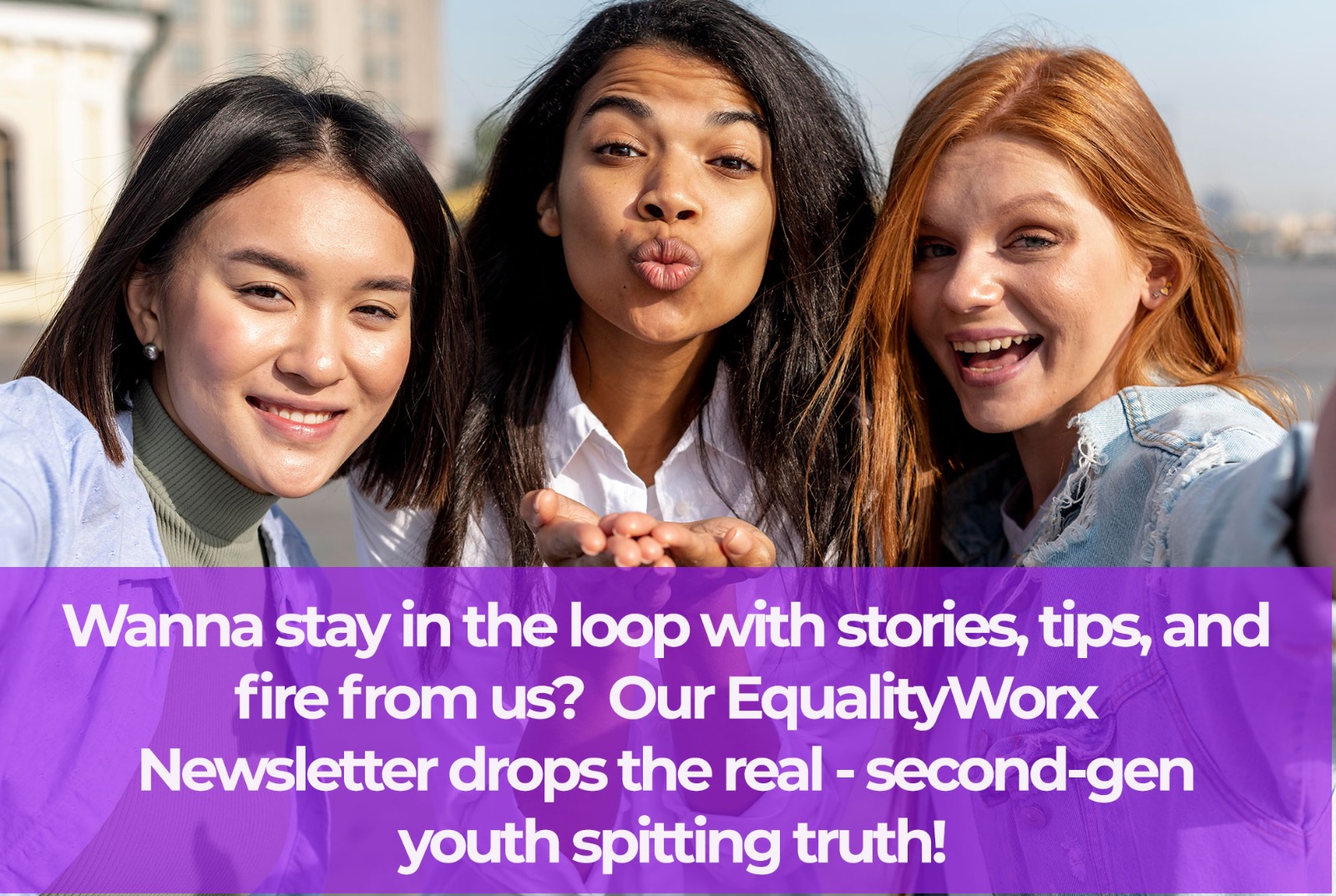



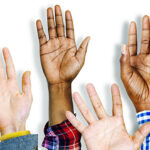

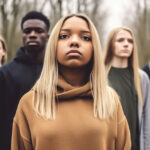








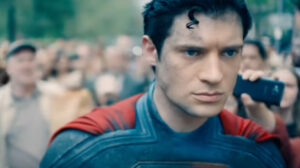

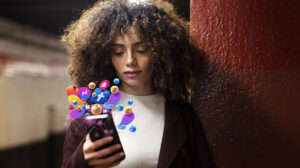
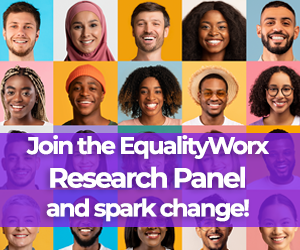
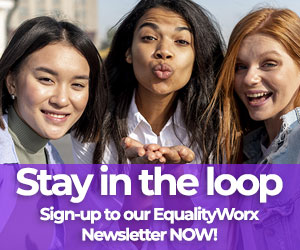
[…] Wake-Up Call for Brands (and the Rest of Us) […]
[…] Wake-Up Call for Brands (and the Rest of Us) […]